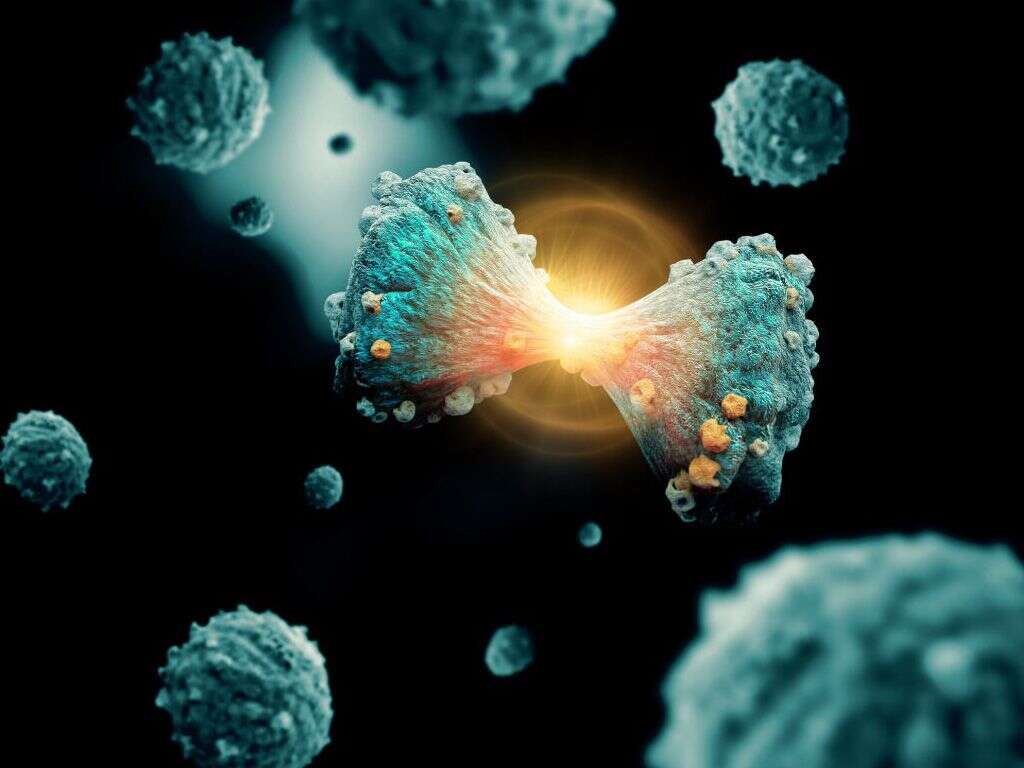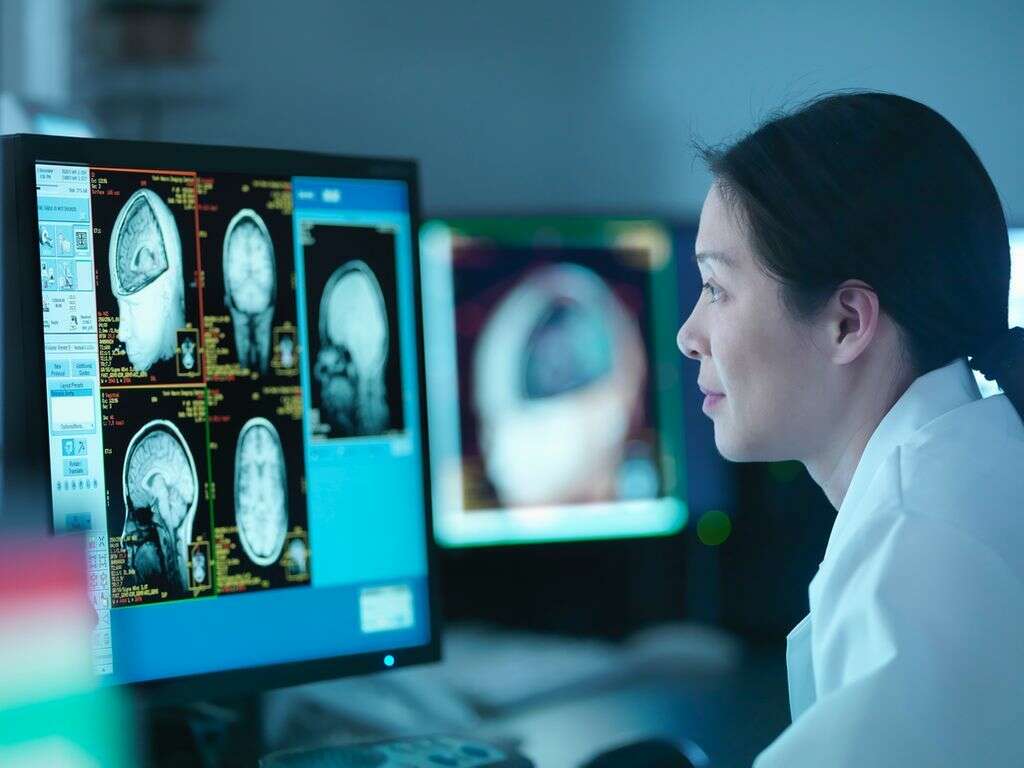10 Symptoms of Pheochromocytoma
Pheochromocytoma is a rare neuroendocrine tumor in the medulla of the adrenal glands. The tumor originates from the chromaffin cells or chromaffin tissue outside of the adrenal glands that have failed to involute after birth. These cells or tissue secrete high amounts of catecholamines which mostly consist of norepinephrine and some epinephrine. It has been estimated that about 85 percent of these tumors are in the adrenal glands with 98% located within the abdomen. Pheochromocytomas outside the adrenal gland are known as extra-adrenal pheochromocytomas (paragangliomas). Common locations for paragangliomas are the bladder wall, mediastinum, heart, carotid, and more.
Approximately 30% of patients have this condition due to hereditary syndromes. Pheochromocytoma is malignant in 10 percent of cases and is classically associated with multiple endocrine neoplasia type 2 (MEN 2), neurofibromatosis type 1 (NF1), and von Hippel-Lindau (VHL) syndrome. Diagnosis involves plasma metanephrine testing, 24-hour urinary collection, abdominal computed tomography (CT) scan, magnetic resonance imaging (MRI), scintigraphy, screening for genetic mutations, and more. Diagnosis is important as consequences can be fatal if the diagnosis of pheochromocytoma is overlooked. The treatment of this condition involves surgical resection of the tumor.
Preoperative medical stabilization is required to control blood pressure. It is estimated that about 10 percent of pheochromocytomas are malignant. Pheochromocytomas have been reported to occur in all races and ages. The incidence peaks among those in their 30s to 50s. Ten percent of pheochromocytomas occur in children. The prognosis is excellent with a 5-year survival rate of 95 percent in non-malignant cases while it drops to less than 50 percent in malignant cases.
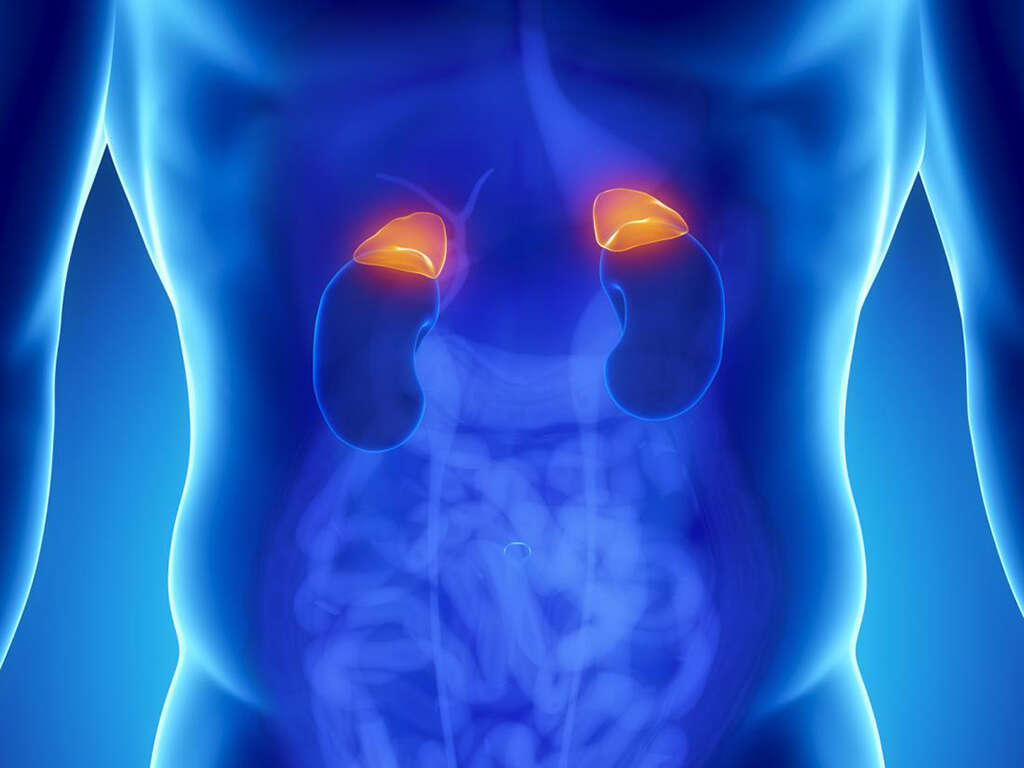
Symptom #1: Severe Hypertension
Hypertension or high blood pressure occurs when the blood pressure in the arteries are consistently elevated. Chronic hypertension is a risk factor for many conditions such as stroke, heart failure, coronary heart disease, vision loss, chronic kidney disease, atrial fibrillation, dementia, and more.
In pheochromocytoma, the elevated blood pressure can be persistent or sporadic. It is also the commonest sign found in 95 percent of patients with pheochromocytoma.

Symptom #2: Headaches
Headaches refer to pain that occurs in any region of the neck or head. Headaches are extremely common and can be seen in dehydration, hypoglycemia, stress, inadequate sleep, fever, infections, side effect of medications, and more. In pheochromocytoma, the headaches are usually paroxysmal and have been reported to occur in approximately 51 to 80 percent of patients.
Headaches in pheochromocytoma have a rapid onset reaching its peak within minutes. It occurs spontaneously and has a short duration with a moderate to severe intensity.

Symptom #3: Palpitations
Palpitations refer to the conscious perception of one’s heartbeat, it can be perceived to be abnormally fast or irregular. Palpitations can be due to anxiety, coronary heart disease, asthma, emphysema, hyperthyroidism, alcohol use, caffeine use, substance abuse, electrolyte imbalance, and more.
Associated symptoms of palpitations include breathlessness, dizziness, sweating, headaches, and chest pain. In pheochromocytoma patients, palpitations may occur due to the circulating catecholamines and anxiety.
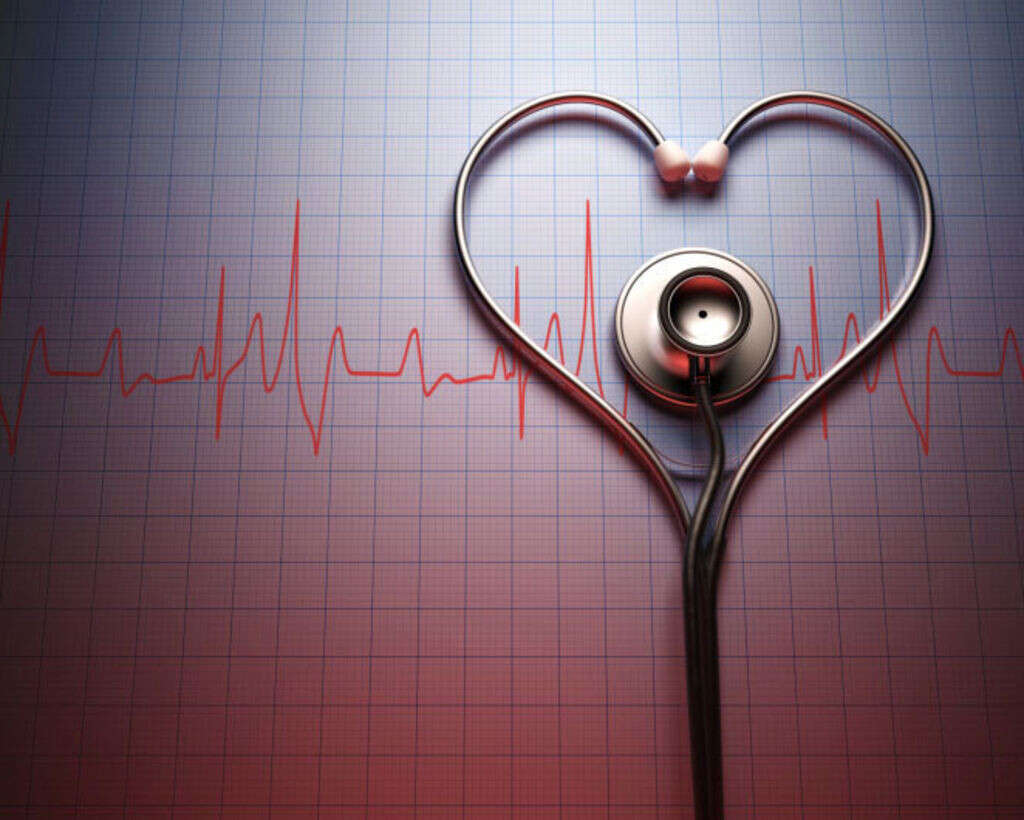
Symptom #4: Diaphoresis
Diaphoresis is abnormal and excessive sweating that cannot be explained by exertion or heat. It can be seen in conditions such as shock, hyperthyroidism, myocardial infarction, fever, malaria, tuberculosis, hypoglycemia, and more.
Diaphoresis occurs in pheochromocytoma as there is increased adrenal activity with an overproduction of catecholamines.

Symptom #5: Tremors
Tremors refer to involuntary repetitive contractions and relaxation of muscles which causes twitching. It can involve the face, arms, head, trunk, and legs. Most tremors usually occur in the hands. Some of the conditions that can cause tremors are stroke, hyperthyroidism, Parkinson’s disease, chronic kidney disease, substance abuse, caffeine use, alcohol use, inadequate sleep, hypoglycemia, anxiety, and more.
In pheochromocytoma, the release of catecholamines causes the heart to pump faster, diaphoresis, and the blood pressure to rise. It also causes tremors.

Symptom #6: Nausea and Weakness
Nausea is an unpleasant feeling where there is discomfort, unease, and urge to vomit. It can be a debilitating symptom as it can cause discomfort in the abdomen, chest, and throat. Nausea is one of nature’s way to discourage the individual from repeating what caused the unpleasant sensation. It is a non-specific symptom that can be seen in motion sickness, migraine, hypoglycemia, dizziness, food poisoning, gastroenteritis, and more.
Nausea may or may not result in vomiting. Weakness is a sensation where the affected individual feels that their body requires more effort to achieve an action. Weakness is also a non-specific symptom that can be seen in various diseases. Patients with pheochromocytoma may experience both nausea and weakness.

Symptom #7: Constipation
Constipation is defined as having 3 or fewer bowel movements per week or having difficulties during defecation. This is a non-specific symptom but many patients suffering from pheochromocytoma appear to have it.
Constipation is due to the excess catecholamine production, resulting in sympathetic activation which is going to decrease peristaltic movements (normal intestinal movements that promote defecation).
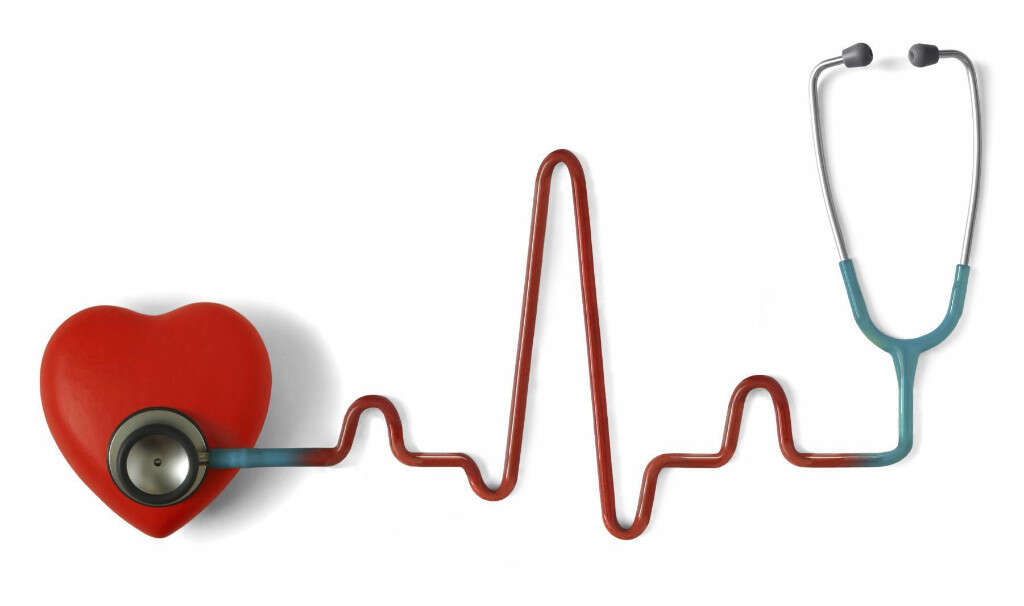
Symptom #8: Anxiety
Anxiety is a term that describes apprehension, nervousness, worrying, and fear in the absence of imminent threat. It is a term that should be distinct from fear. Anxiety is an unpleasant feeling of turmoil accompanied by nervous behaviour such as rumination, pacing back and forth, and even somatic complaints. Some patients describe it as a feeling of doom.
Associated symptoms of anxiety include restlessness, muscular tension, fatigue, difficulty focusing, and more. In pheochromocytoma, anxiety occurs due to the presence of circulating catecholamines that also causes tachycardia that also contributes to anxiety.

Symptom #9: Weight Loss
Weight loss refers to the loss of mass due to loss of body fat, fluids, mineral deposit, muscle, or other connective tissues. Unintentional weight loss can occur due to nutritional deficiency, cancer, or any other conditions that cause impaired intake, decreased absorption, or excessive nutrient loss.
In pheochromocytoma, the overproduction and release of catecholamines affect the basal metabolism of the body. This results in weight loss despite normal or increased food intake.

Symptom #10: Abdominal Pain
Abdominal pain is commonly referred to as stomach ache. The abdomen can be divided into nine regions known as left hypochondriac, epigastric, right hypochondriac, right flank, umbilical, left flank, left iliac, hypogastric, and right iliac.
Abdominal pain is non-specific and can be seen in irritable bowel syndrome, gastritis, appendicitis, diverticulitis, ectopic pregnancy, and more. In pheochromocytoma, the commonest location of abdominal pain is in the epigastric and flank.






